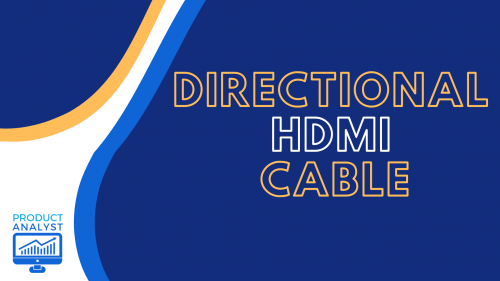
Have you ever experienced connecting devices with an HDMI cable and not have your desired video or audio output? Sometimes, your cable may not be defective at all. You may have just connected them the wrong way.
Most modern devices are compatible with HDMI connections so it is useful to know more about directional HDMI cables. Our team will help you with a rundown of the basics.
What Is a Directional HDMI Cable?
Directional HDMI cables are wires that send signals in only one direction. Some of their notable features and advantages include: built-in equalizers, improved amplification and filtering, transmission of signals over longer distances, and high-speed cable standards
These features are all made possible by specifically having the HDMI cable facilitate data exchange in only one direction.
This is because the types of wires used to relay signals over a distance cannot transmit simultaneously from both ends. Behind this is Redmere Technology, a company that has worked hard to enhance this feature in modern HDMI cables.
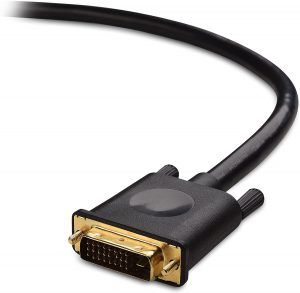
However, this cable isn’t without its downside. With this type of transmission, you wouldn’t be able to view an image if you were to reverse the end connections.
That said, proper planning is essential before you install your cables behind drywalls.
It may sound like directional HDMI cables are not flexible enough with its uses, but they aren’t all that bad. These disadvantages come with upgrades that make them more advanced than your regular HDMI cables.
How to Identify if HDMI Cable is Directional
We identified three ways through which you can identify the directionality of your cables.
Direction Labels
Newer HDMI models have direction labels on the cables themselves. The labels follow this general rule of thumb: the arrow head should point towards the output.
Plugging them improperly won’t damage your cable. You just won’t be able to get your desired image or sound.
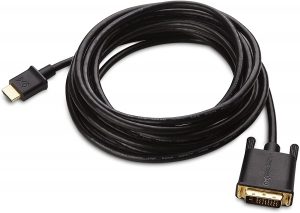
Older cables may not have this explicitly stated right onto their surfaces. Regardless, it is industry standard to indicate the type of cable and their respective signal flow on the packaging.
Type of Wire Used
Some of them may be unlabeled, but you may also look at the type of wires used.
Directional HDMI cables are thinner than your usual short HDMI cables. This is because longer cables that need to transmit signals to far distances need to be flexible and elastic. Rigid cables might be harder to manage and are simply not ergonomic for use.
Testing of Cable
Remember that you could always try the cables out yourselves. If anything, you should try them out regardless of whether or not they have direction labels. This is just a precaution for possible inconveniences you may experience in the future.
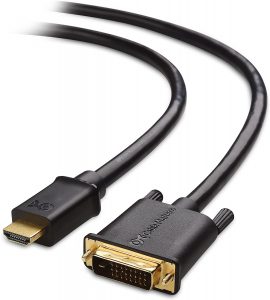
Just imagine installing your HDMI cables behind drywalls based on a manufacturing error in the printing of direction labels. You may have followed everything by the book, but you unfortunately wouldn’t be able to do anything if such a situation ever happens.
Once you test the connectivity prior to installation, you can always label the direction yourself for future reference. And remember to always identify the ends of your HDMI cables.
Why Use Directional HDMI Cables?
If you’re looking for a way to connect one device to another to share output with each other, then there’s no reason for you not to use directional HDMI cables.
HDMI cables transmit digital video and digital audio signals between devices. They support all kinds of signals from uncompressed and compressed stereo and surround sound formats, standard-definition, high-definition, and ultra HD [1].
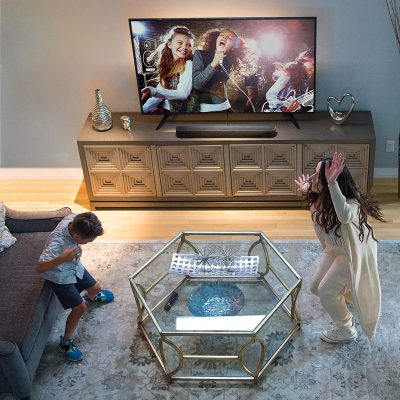
These and the added benefit of having long cable for farther transmission makes this cable better. This way, the quality of your video and audio aren’t compromised by the lack of accessibility. You will not experience color fading, flickering due to poor connection, or grainy quality.
Your directional HDMI cables may only transmit signals in one direction, but their compatibility is also fully backward compatible with older HDMI port versions.
Really, there are little to no disadvantages of using a directional HDMI cable, especially for non-professional users.
Conclusion
As exemplified above, the directional HDMI cables can give you great quality for video and audio. Also, before deciding that your HDMI cable is defective, try connecting it the other way around and see if it is a directional HDMI cable. Just make sure that you get this direction right when finally installing them permanently on your walls.
The post A Quick Guide to Directional HDMI Cables appeared first on The Product Analyst.
from The Product Analyst https://theproductanalyst.com/directional-hdmi-cable/
No comments:
Post a Comment